In the midst of strategizing, we decide victories from thousands of miles away. Hello everyone, I am Lin Chao, a global financial market observer, focusing on cryptocurrency market analysis, bringing you the most in-depth trading information analysis and technical teaching.
Hello everyone, today is the first day of August. Life is destined to be full of ups and downs, so I won't wish you a smooth sailing; instead, I wish you to ride the waves.
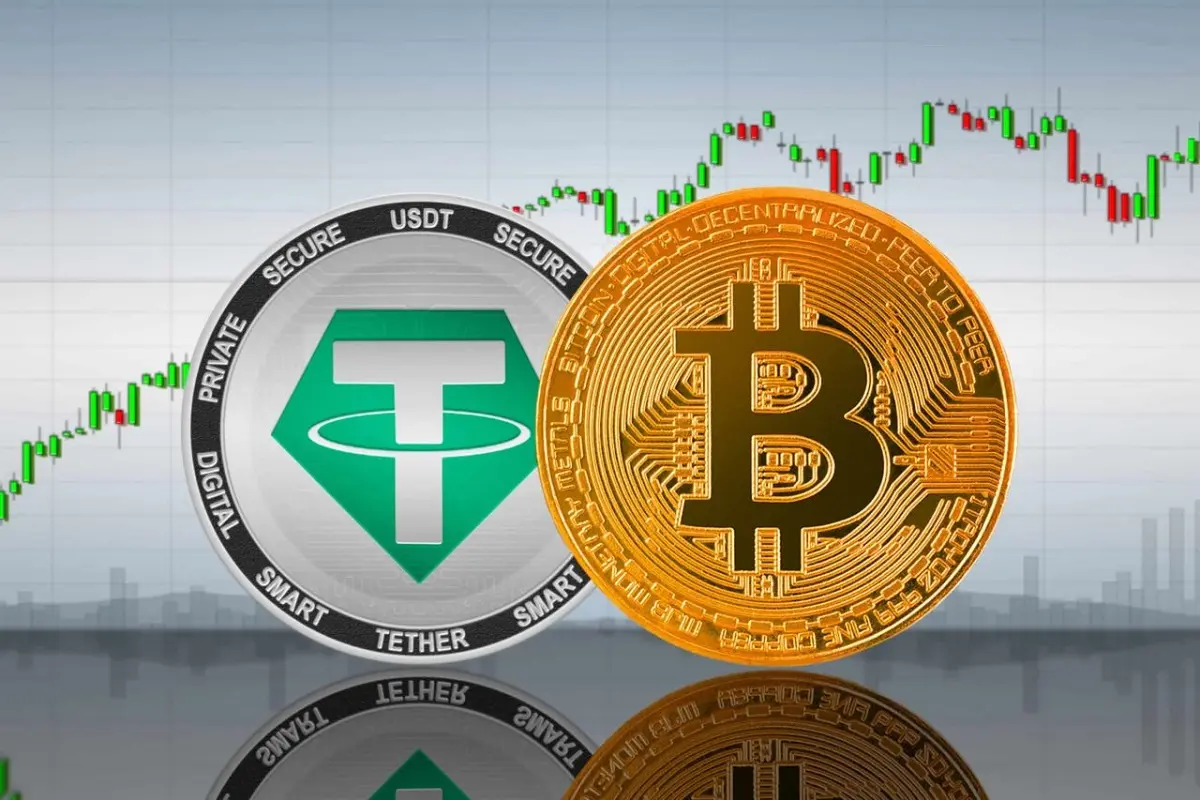
It is foolish or malicious to ignore the Federal Reserve's impact on cryptocurrencies, or to believe that macro factors do not affect cryptocurrencies. Starting from January 11, 2024, cryptocurrencies will be part of the U.S. risk market, and from January 20, 2025, cryptocurrencies will become one of the indispensable investment products in the U.S. Today's BTC is even part of U.S. politics, and stablecoins are an extension of compliant U.S. dollar hegemony.
Once upon a time, Federal Reserve Chairmen held the scales of justice, able to freely "teach" politicians about their wasteful habits. In 1990, Greenspan set conditions for Congress: interest rates could be lowered, but Congress must first cut the deficit. In 1985, Volcker even specified an amount, claiming that the Fed's "stability" depended on whether Congress could cut $50 billion from the budget—back then, that was a staggering number rather than a mere fraction. Trump was not the first to foresee fiscal dominance, but he was the first U.S. president to openly advocate for it. When Volcker and Greenspan used interest rate hikes to exchange for fiscal discipline, they successfully revealed the secret bond between monetary and fiscal policy, forcing Congress to confront the deficit issue.
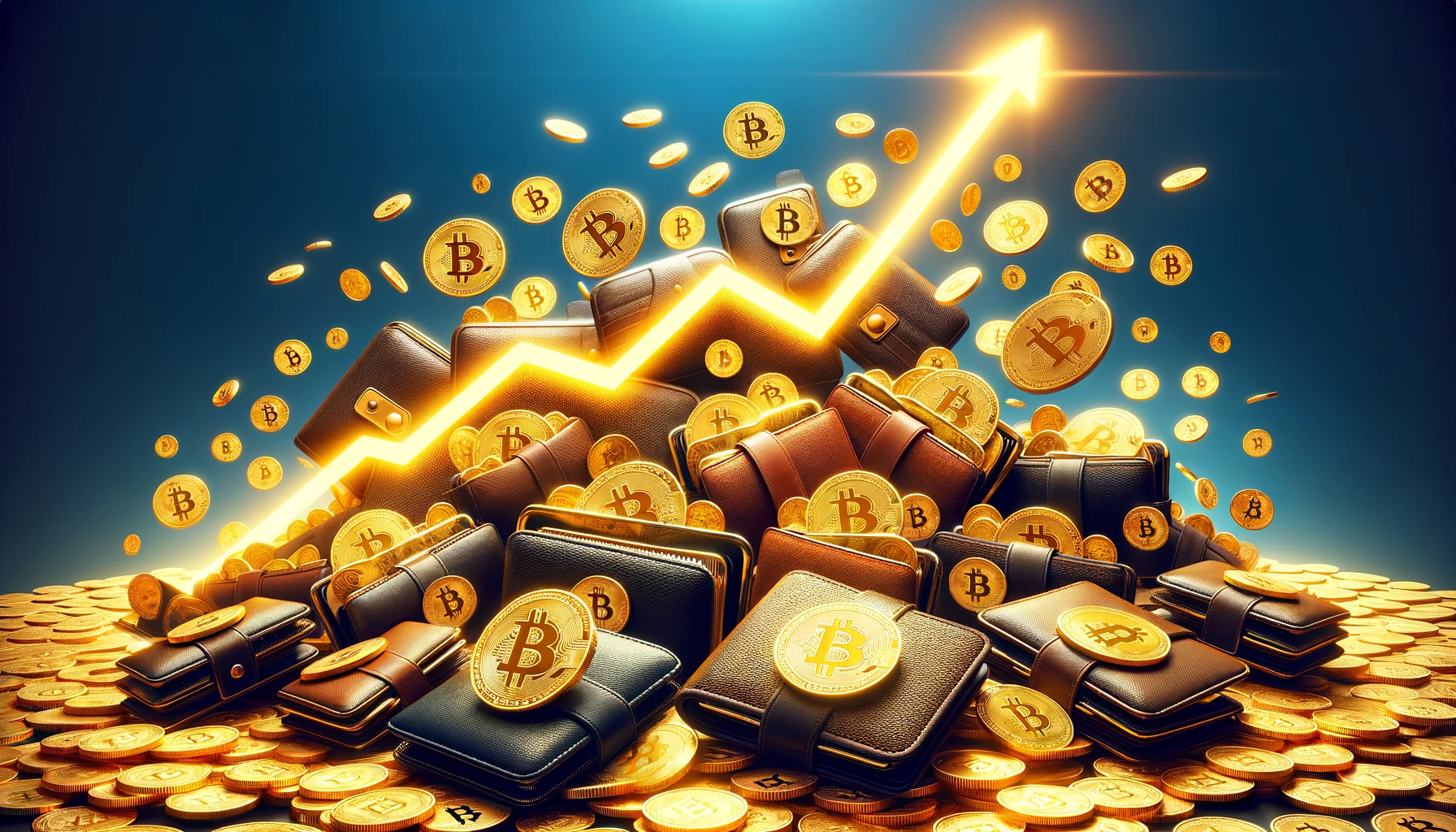
However, if Powell were to follow in the footsteps of his predecessors, he might find himself in a quagmire. The root of the problem lies in the fact that the mountain of debt has ballooned from 35% of GDP back then to an astonishing 120% today. In the past, interest rate hikes served as a "cure" to compel Congress to control spending; today, it has become "poison," as rising interest rates will inherently increase the interest expenses on the massive debt—this has now become a burden far exceeding defense spending in the federal budget. A sharply rising blue line is silently consuming fiscal space, and Trump is very eager to control fiscal authority. The series of favorable policies for cryptocurrencies he has proposed actually bypass the Federal Reserve, hoping to gain fiscal power through another route. If the Federal Reserve does not have control over cryptocurrencies, it will naturally find itself on the opposite side.
Lin Chao's Summary
Currently, as much as 73% of federal spending is locked in by law, while in the 1980s, this ratio was only 45%. If one expects the Federal Reserve to force Congress to make concessions in the "interest rate showdown," it is akin to believing that Congress is willing to cut into "political minefields" like Social Security and Medicare—this hope is as bleak as an oasis in the desert. Especially when Trump himself views national debt as inconsequential, his early real estate mantra, "That's a bank problem, not my problem," seems to have become the footnote of today's fiscal philosophy: national debt is the Federal Reserve's problem, not the White House's. Former Treasury economist Beckworth pointedly stated: "When interest expenses rise and fiscal surpluses are politically unattainable, sacrifices must be made—that means more debt or more money printing." If the Federal Reserve hastily raises interest rates, it will only accelerate its own descent into this vortex.
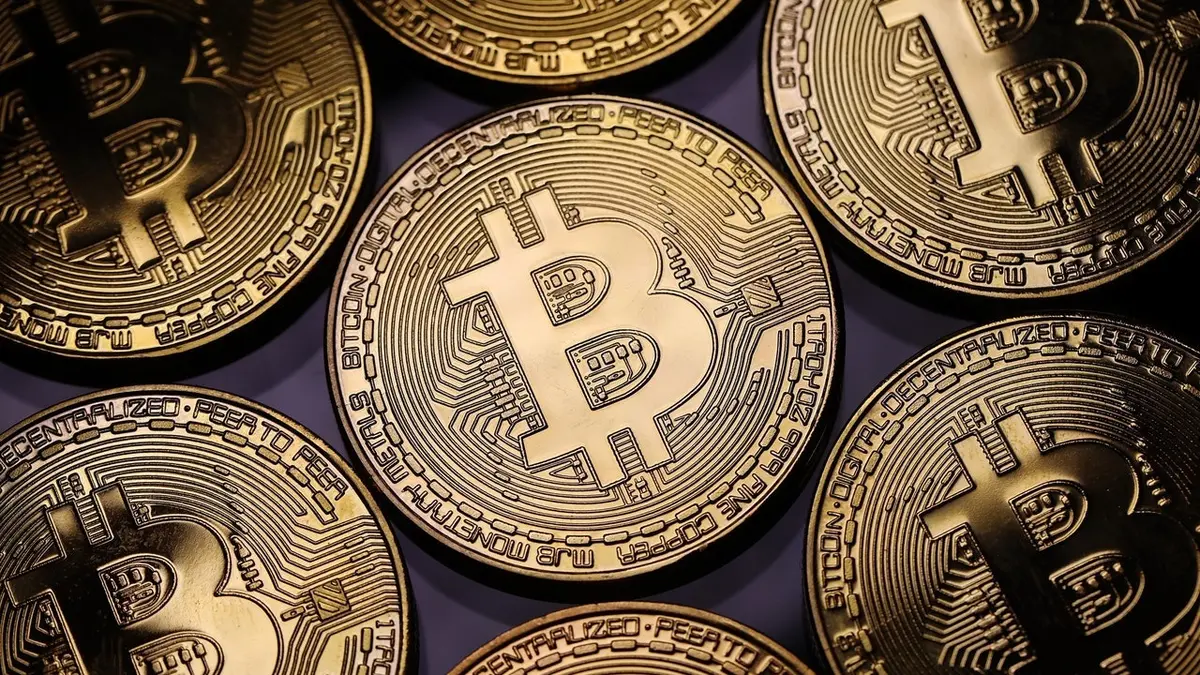
From recent trends, the short-term downward space has already opened up. Since Bitcoin formed a top structure on July 14, it has been oscillating sideways, actually providing an escape opportunity for hesitant holders, especially leveraged holders. Last month, Lin Chao mentioned that if the bull market is to continue, the process must involve sideways oscillation, a downward probe, and then a rebound. In simple terms, it means first shaking off speculative funds (leveraged traders), then shaking off high-cost holders, creating emotional panic, and finally making a rapid surge. Based on the current market situation, we have just entered the planned transition from the second phase to the third phase. If everyone expects to see profits by the end of this year, there is no need to worry about this temporary pullback. The only uncertainty now is the impact of policies on the market. As tariffs continue to be delayed and the expectations for two rate cuts diminish, institutional investors' enthusiasm is gradually waning. Just in terms of holding costs, institutional funds currently hold a large amount of low-priced chips. Taking ETH, the driving force behind this round of market movement, as an example, the cost held by institutions is basically around $2,000. In the face of unclear policies, institutions have no reason to hold long-term. Therefore, the short-term selling of chips forming a pullback is an inevitable trend. This is also why Lin Chao does not recommend those who entered the market this year to engage in short-term trading with spot.
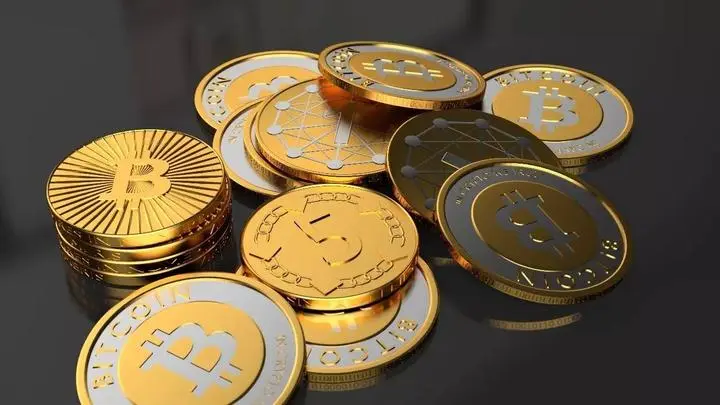
In summary, this pullback will continue until the Federal Reserve's message is confirmed. Spot users can take advantage of the pullback range to accumulate chips at lower prices. Wait for the market to rise in the last quarter of this year to sell. For users who are stuck in spot positions, the best way is to use contract funds to hedge against capital losses in the oscillating downward range. Lin Chao especially reminds everyone that for users operating within this space, be sure not to trade frequently. Whether entering or exiting spot or engaging in contract trading, it is necessary to trade according to the plan. Lin Chao can clearly tell everyone that a short-term waterfall market will definitely appear soon, so please hold on tight.
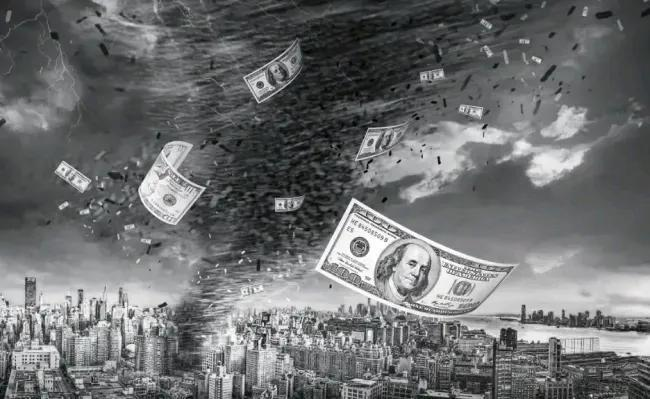
If you are feeling lost—unable to understand technology, unsure how to read the market, not knowing when to enter, unable to set stop losses, not understanding take profits, randomly increasing positions, getting stuck while trying to catch the bottom, unable to hold onto profits, missing out on market opportunities… these are common issues for retail investors. But don't worry, Lin Chao can help you establish the correct trading mindset. A single profitable trade is worth more than a thousand words, and finding the right direction is better than repeatedly facing defeat. Instead of frequent operations, it is better to strike precisely, making each trade more valuable.
The success of investment depends not only on choosing good targets but also on when to buy and sell. Protecting your principal and making good asset allocation is essential for steady progress in the ocean of investment. Life is like a long river flowing into the sea; what determines victory or defeat is never the gains and losses of a single pass or a moment, but rather planning before action and knowing when to stop to gain.
The global market is ever-changing, and the world is a whole. Follow Lin Chao to gain a top-tier global financial perspective.
This article is merely a personal opinion and does not constitute any trading advice. The cryptocurrency market carries risks; invest cautiously!

For real-time consultation, feel free to follow the public account: Lin Chao on Cryptocurrency.
免责声明:本文章仅代表作者个人观点,不代表本平台的立场和观点。本文章仅供信息分享,不构成对任何人的任何投资建议。用户与作者之间的任何争议,与本平台无关。如网页中刊载的文章或图片涉及侵权,请提供相关的权利证明和身份证明发送邮件到support@aicoin.com,本平台相关工作人员将会进行核查。




